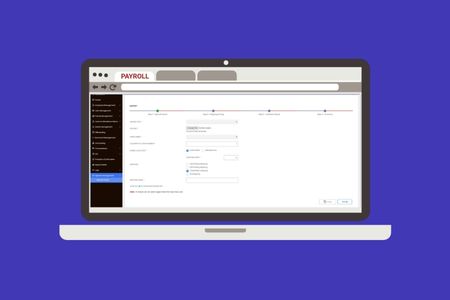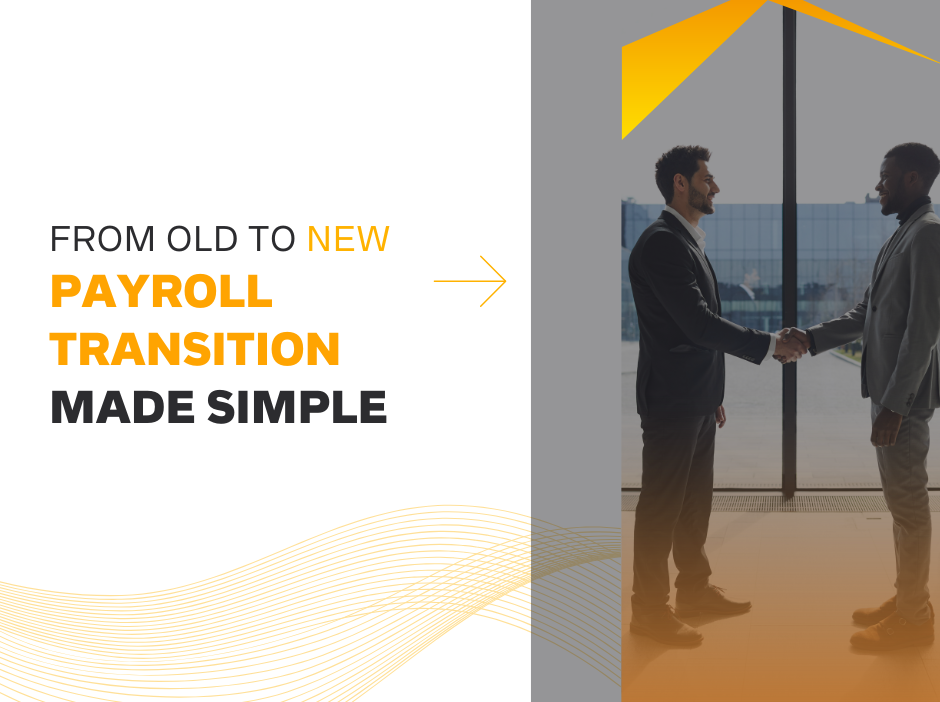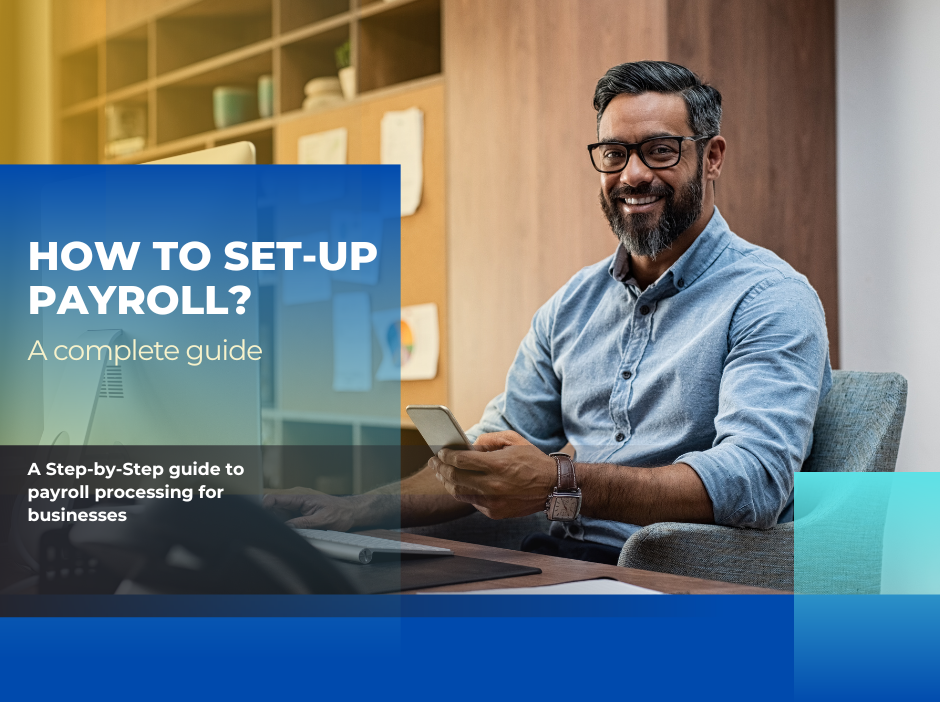From Old to New: Payroll Transition Made Simple
Payroll shouldn’t be the thing keeping you up at night. But if you’re stuck with a provider that’s more headache than help, that Sunday night anxiety is all too real.
You’re not alone. For countless small business owners, switching payroll providers feels like diving into the deep end. But here’s the good news: it doesn’t have to be.
This guide breaks down the entire process of how to switch payroll providers into bite-sized steps that actually make sense—even if you’re making the switch mid-year when everyone says you “shouldn’t.”
Dive into stress-free payroll management!

Why switch payroll providers?
If you’ve ever found yourself muttering under your breath while processing payroll, it’s probably time for a change. Switching payroll providers is genuinely straightforward…when you know what you’re doing.
Review your current contract
Figure out when you can escape and what it might cost.
Connect with a new provider
Find someone who actually understands hourly teams.
Gather your business data
Collect the information you need from the payroll provider.
Run a test payroll
Make sure the numbers add up before going live
All payroll data, including transactions, payslips, and compliance documents, is securely maintained. Proper record-keeping is essential for audits, dispute resolution, and future reference.
Still spending hours calculating salaries?
Outsource your payroll to TalentPro!
What is payroll migration?
A payroll migration is what you do when you move your business’s online payroll from one system to another. It’s like changing your cell phone carrier but with your employees’ paychecks (so, you know, a bit more important).
The process moves all your company details, employee information, tax stuff, and payroll history from your old system to your shiny new one when switching payroll providers.
Doing this correctly is important because you have to ensure:
- All personal details transfer over properly.
- All of those historical payroll records remain intact.
- Someone definitely has the tax filing duties.
- How to change payroll providers
- Review these areas to maximize your transition:
Data
If you’re already automating payroll, you should be able to access all your records easily. A good quality provider will provide you with a clear and detailed list of all the information needed for an error-free and timely changeover.
People
Your new payroll service provider will give you an implementation team and assist you in building your own project team. The number of stakeholders will be based on the size of your company and the number of services you’re implementing. Some small companies might require only a single decision maker.
Training
Each payroll service provider has its own system and some are more learnable than others. Before you change, ensure that your new partner provides hands-on training and personal support that you will need to get up and running on their platform. Request digital learning tools, one-on-one account resources and in-product demos.
Integrations
If you have not yet integrated your payroll with retirement services, it is an easy time to do so when changing to a new provider. Integration can assist with compliance requirements, save you money and time, and make employees happier.
Things to ask before hiring a payroll service provider
Asking the right questions is critical, especially when it comes down to switching payroll providers. It can help you prevent misunderstandings, errors, and omissions
- Which payroll features do you offer?
- What support can I expect during the build phase?
- Does your service meet requirements for privacy and security?
- What is your fee schedule?
- Is technical support included in our plan?
- What is the average ticket time with your technical support team?
- Does the software integrate with other software programs we use?
- Does your solution accommodate our needs (employees across multiple states, special pay rules, expense management, etc.)?
- What is your average customer retention?
- Will employees have access to employee self-service?
Take time prior to your demo to develop a list of questions. Tailored questions that are unique to your organization are recommended.










